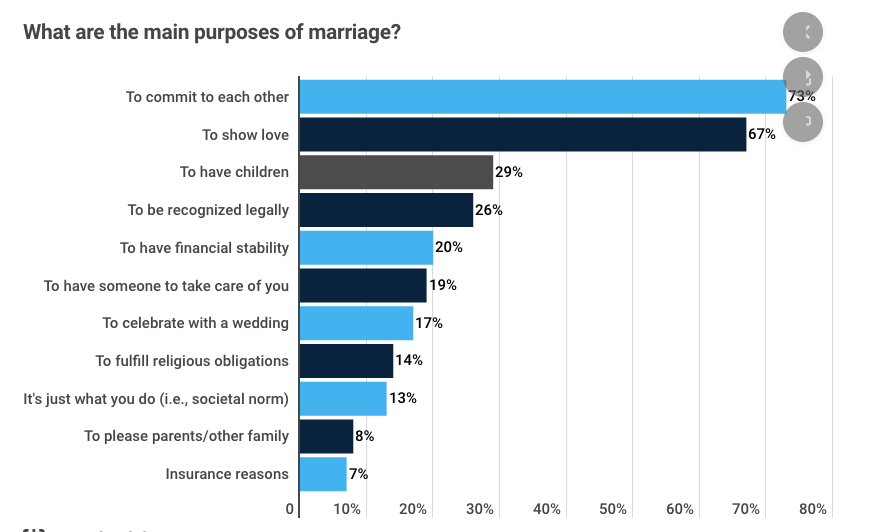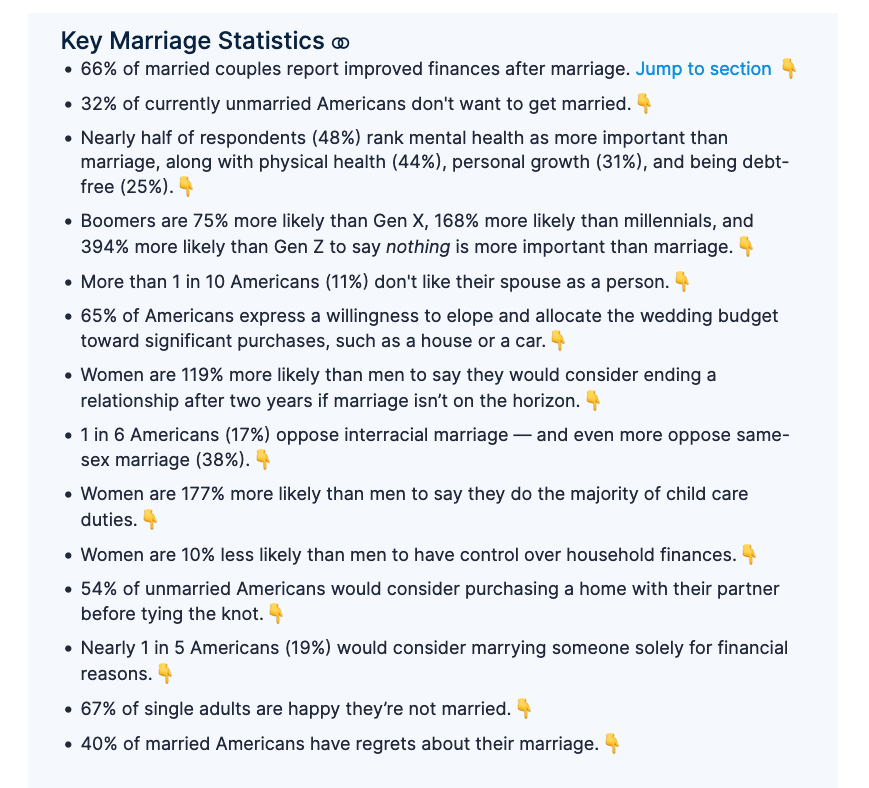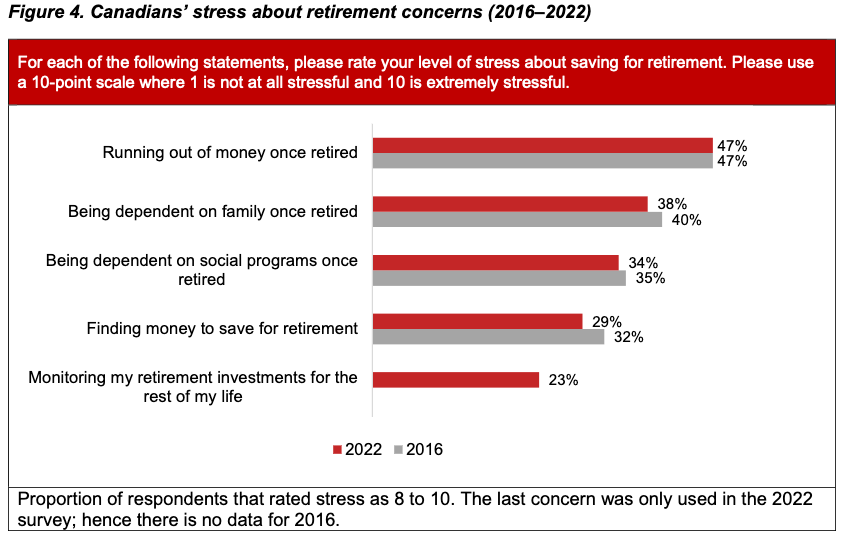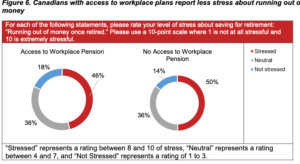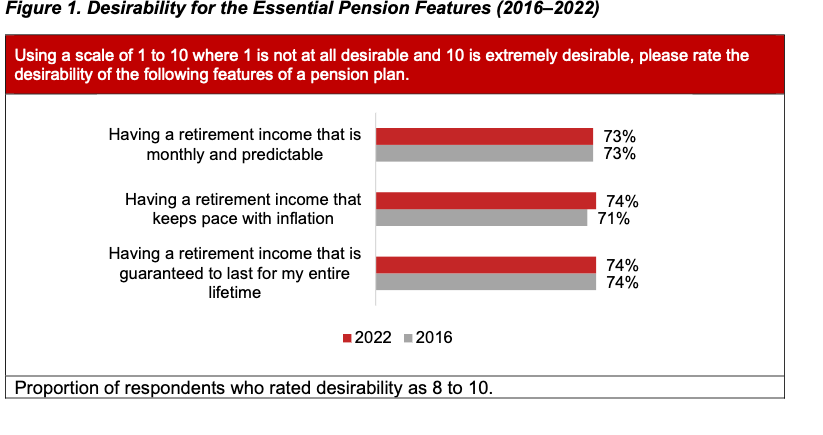
It’s hard to pick up a financial publication or peruse most general-interest media outlets these days without being blitzed by stories about ChatGPT and the latest mania: A.I. or Artificial Intelligence.
Just last week the New York Times devoted an episode of its The Daily podcast to Silicon Valley’s rush to A.I., even as venture capitalists start shying away with the previous darling, Cryptocurrency.
It seems everyone wants a piece of what they hope will become the next Nvidia, a chip play that pundit Jim Cramer once named after his own dog. Give him credit: anyone who bought before Nvidia famously passed the US$1 trillion market cap level this year is probably sitting on a double or triple, including Yours Truly.
In a recent video interview I did with Allan Small, I mentioned in passing that while I do happen to own Nvidia going back some years, I also have my share of painful losers, and that my approach to A.I. and technology in general is that it should merely be part of a normal diversified portfolio. I told him that I’ve always had a reasonable exposure to technology, seeing as I was the Globe & Mail’s technology reporter going back to the early 1980s (perhaps one of the first to specialize in that beat.)
A.I.-themed ETFs
Speaking of the Globe, I see that its personal finance columnist Rob Carrick recently weighed in with his take on A.I. You can find it (under paywall) here. For those who can’t get past the paywall, Carrick lists some examples of A.I.-themed ETFs, adding the hedge “if you’re comfortable with the risk of a more direct approach to AI investing.”
One is an ETF I happened to take a flyer on myself a few years ago, so far under water: the Global X Robotics & Artificial Intelligence ETF (BOTZ-Q; the others include the iShares Robotics and Artificial Intelligence Multisector ETF (IRBO-A) and the First Trust Nasdaq Artificial intelligence ETF (ROBT-Q.) Carrick also mentions a few other Canadian-listed ETFs with the most exposure to AI produced by TD Securities: I’ll just list the suppliers and ticker symbols here: two from Horizons ETFs (RBOT-T and MTAV-T), two from Evolve (TECH-T and DATA-T), and one from BMO: ZINT-T.
Personally, I doubt I’ll buy any of these theme ETFs. Investors typically get burned by the FOMO and elevated valuations inherent on jumping on a thematic bandwagon once the train has already left the station [to mix a metaphor] and embraced widely by the media. The most prominent example will be marijuana ETFs, which have generated little but painful losses for most investors, even those early to the party. More recently are cryptocurrencies, whether obscure individual holdings or packaged up in ETFs (led by Canada!) Continue Reading…


